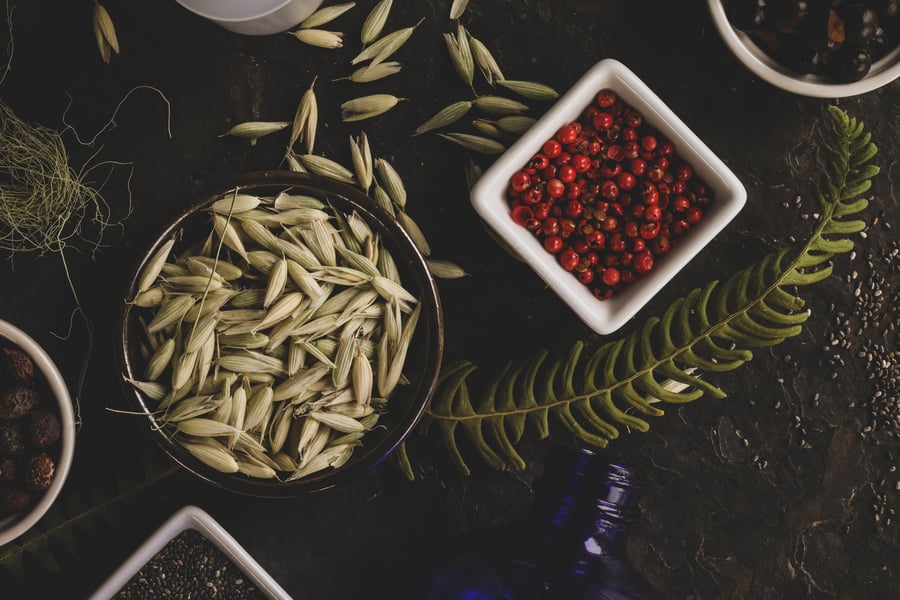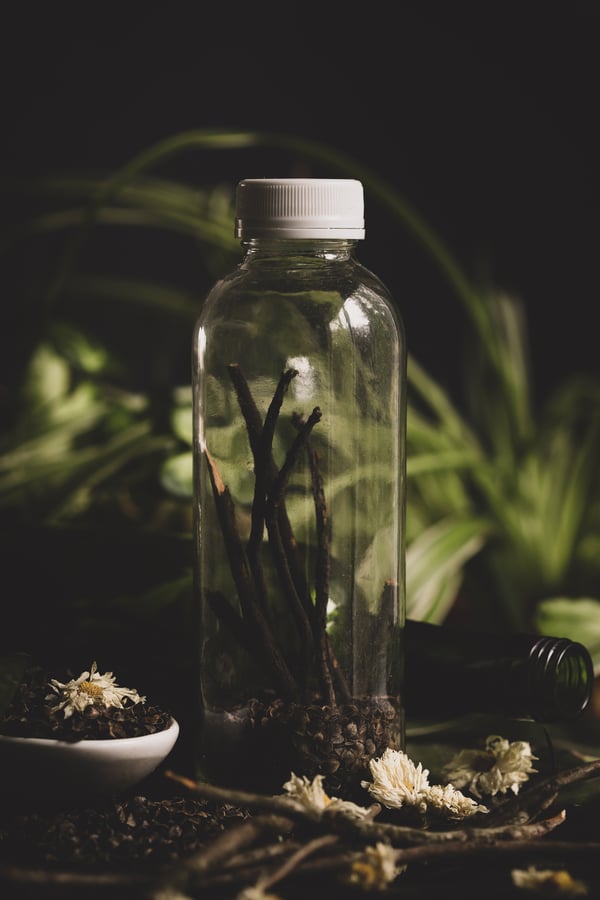While some people may be naturally born with heightened senses, most of us must hone and practice these skills throughout our lifetime, and particularly when we are children.
During my years of mentoring in environmental nature immersion, I’ve seen countless children develop “super senses” (hear, see, feel, smell, intuit) that astounds their parents. I love stories like the one when a father was flabbergasted by his seven-year-old daughter. “She could hear the sound of an owl hooting way off in the distance,” he excitedly said, “long before I even could sense it and her observation skills are through the roof – I can’t keep up!”
When humans are first born, our initial interactions with the physical world are overwhelming because we experience sights, sounds, sensations, and smells for the first time. Sensory activities with babies help those neuropathways form in a healthy way and also help to desensitize them from the constant shock of new experiences. As children grow and develop, different sensory inputs help them navigate our world in a safe way.Nature provides the perfect training ground for these wee humans to develop their sense of awareness and to become thriving adults. Tapping into childhood passions such as play, building forts, scavenger hunts, using and making musical instruments, and utilizing tools such as blind folds encourages the use of different senses.
I am excited to share with you two activities to enhance and train the senses while using the power of nature and plants as our playground. These activities, one for the 0-5 age group and another for 5 and up, focus on hearing. Let’s begin!
DIY Nature Rainstick in Upcycled Bottles
Ages 0-5
While this activity is geared towards babies and toddlers, it is fun for any age and ability! Rainsticks not only incorporate fun with hearing, but also have the added advantage of exercising sight and physical coordination. Playing with and exercising senses is like building muscle, we must practice in order to grow!
Supplies you will gather (see directions for pointers)
- 1 upcycled bottle (plastic or glass – if using glass be aware of possible breakage)
- Handful of sticks of different length (pinkie to thumb size in diameter)
- 1-2 Tbsp. of buckwheat hulls (amount varies depending on bottle size)
- Super glue (optional) - Use only to secure lid or cap if concerned about child safety.
Directions
- Find a bottle that is transparent and has a wide enough mouth to fit a handful of sticks.
- Remove labels and remaining glue.
- Go outside with the children either just in a yard or make a nature walk expedition in search of sticks. Help kids measure stick diameter with their fingers and compare the difference between a pinkie and a thumb while also comparing with adult hands as well.
- Bring back the sticks and assist the children in putting them inside the bottle. Make sure to include different lengths and angles of sticks to vary the surface areas for better sound diversity.
- Before adding buckwheat hulls – be certain bottle is fully dry on the inside. Measure out the hulls and help the children add it to the mouth of the container. If old enough, some children may be able to take pinches of the hulls and drop them inside, or carefully pour into opening using a hand or funnel to help direct the hulls.
- Cap, cork, or screw on lid. Use super glue for a more permanent seal. (Be sure to play with it some before permanently gluing on lid in case you want to add or remove buckwheat hulls.)
- Allow older children to handle and play with the rainstick. For babies, turn back and forth allowing them to watch and listen and, if your baby is developmentally able, allow to hold and touch.
Herbal Rhythm Bottles
Ages 5+
This activity gets everyone moving and grooving. Incorporating rhythm and music with natural objects like herbs is an easy and organic way to get kids inspired and feeling creative. While I am suggesting five specific herbs in this activity, feel empowered to come up with your own and get the kids choosing too! Get ready to give space for raucous hours of fun!
Supplies
• 5 upcycled bottles and containers that are clean and dry.
• 5 different herbs (this activity includes):
• Organic guarana seed whole
• Organic chia seed whole
• Organic hawthorn berries whole
• Organic oat tops whole
• Organic pink peppercorns
• Funnels or paper rolled into cones. (optional)
• Journals or paper and pencils. (optional)
Directions
- Collect 5 different bottles and containers. Try to find different sizes, shapes, and material types (i.e. plastic or glass). If using glass, please be conscious of the hazards around breakage.
- Choose 5 different herbs. If you are having the kids help choose, either play in your own apothecary and let kids look at different ones you have, or purchase herbs that you think would make interesting and fun sounds.
- Spread out all herbs and bottles on an easily accessible table or counter so the children can reach and participate. Allow the children to decide which herb goes in which bottle. Take turns if working with multiple children giving each child their own bottle to fill or allowing for turns on bottles for many kids participating.
- Fill each bottle or container with the decided upon herb. Use funnels or rolled up paper if the mouth of the bottle is small. Start by adding small amounts at a time and encourage kids to stop and put the cap or lid on to test the sound. Each bottle only needs a couple of tablespoons at the most but be sure to encourage experimentation and play.
- Once all the containers are filled and lidded, it’s time to play! Shake each bottle separately and give time for kids to absorb the sound. Ask questions that allow them to go deeper into the sounds they hear. Is it low or high? Can you describe what you hear? Go through each bottle doing the same. For older children encourage journaling or writing down their guesses and observations.
Ways to Explore Further:
- Depending on age of children, ask why the ingredients in the sticky remover works. Let children help scrape off the label and discuss the importance of reusing containers etc.
- Explore different sounds of the rainsticks by changing speed of tilting and turning. Add more hulls if necessary. Discuss with older children how and why it sounds like rain falling. Allow for more independent play with the rainstick to give kids time and experience to explore on their own. For babies, play with moving rainstick from one side of head to the other and then in front to allow their eyes to focus and observe.
- Get creative with finding containers. Have kids help you ask friends and family for items or plan ahead and save bottles and containers over time. Don’t forget to reuse Mountain Rose Herbs bottles and containers!
- Get kids to guess beforehand what kind of sounds they think each herb might make. Low or high? Soft or harsh? Make sure to choose herbs that are safe for kids to touch as allowing them to handle and touch each ingredient is an important part of this activity.
- Be sure to give kids time to think about each bottle and their sizes and shapes. How do they think the differences in bottles might make on the sound when the herbs are inside? Explore the concepts of pitch, timbre, and rhythm. For instance, would the smallest bottle produce a high or low sound? Why?
- Optional challenge. Record your songs!
Want more creative herbal activities?
Try These Creative Ways to Use Old Spices and Herbs
You may also enjoy:
- How to Make Homemade Fire Starters with Herbs
- Herbal Holiday Crafts for Kids
- How to Clean Bottles & and6 Ways to Reuse Them













